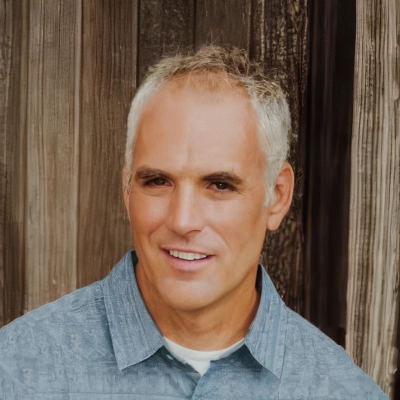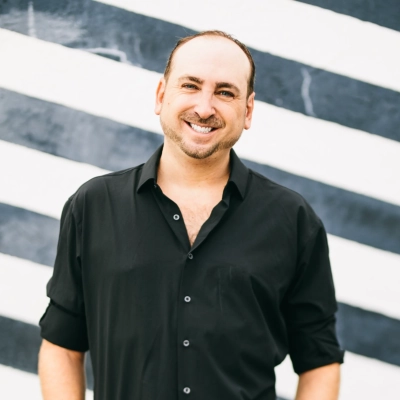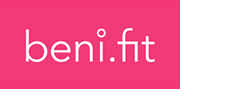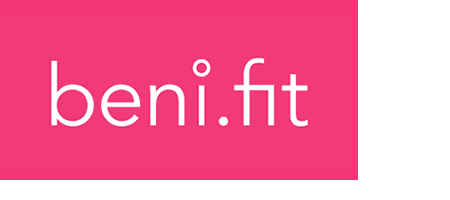Staying Ahead of the Curve: 8 Tips for Avoiding Information Overload
Discover expert-backed strategies to master the art of information curation and maintain information clarity. This article presents proven methods to select and manage a wealth of knowledge without becoming overwhelmed. Gain the tools to sharpen your focus and enhance your learning efficiency, with guidance from those who’ve streamlined their own paths to understanding.
- Build Custom AI-Powered Content Curation System
- Curate Personalized Information Feed
- Set Aside Dedicated Time for Learning
- Curate a “Quiet Signal”
- Use Google Alerts and Feedly
- Keep It Focused and Intentional
- Set Up Specific Google Alerts
- Save Newsletters for Dedicated Time
Build Custom AI-Powered Content Curation System
I’ve transitioned from following generic marketing publications to building a custom AI-powered content curation system that scans thousands of sources but only surfaces information specifically relevant to our niche. The system works by analyzing trends against our specific business context–filtering out theoretical discussions to focus on case studies, data, and actionable insights we can immediately apply for clients. This approach reduces consumption time by 70% while actually increasing the quality and relevance of information. The key strategy is establishing clear information objectives tied to business goals rather than consuming content out of FOMO or habit–ask “what specific decisions will this information help me make?” before investing time in any content.
 Vick Antonyan
Vick Antonyan
CEO, humble help
Curate Personalized Information Feed
Staying up-to-date on industry news and trends without getting overwhelmed can be a bit of a balancing act, but one strategy that really works for me is curating a personalized information feed. Here’s how I do it:
I start by identifying a few key sources that consistently provide high-quality, relevant information. This might include industry-specific newsletters, reputable websites, or thought leaders on social media. By focusing on a select few, I can avoid the noise and get straight to the insights that matter most.
To manage this efficiently, I use tools like RSS readers or news aggregation apps. These tools allow me to organize my sources in one place, so I can quickly scan headlines and dive deeper into the articles that catch my interest. This way, I can stay informed without feeling like I’m drowning in information.
I also set aside specific times during the day to check these feeds, rather than constantly refreshing them. This helps me stay focused on my work while still keeping up with important updates. By being intentional about what I consume and when, I can stay informed and engaged without feeling overwhelmed.
 Rubens Basso
Rubens Basso
Chief Technology Officer, FieldRoutes
Set Aside Dedicated Time for Learning
Over the years, I’ve developed a strategy that helps me stay up-to-date without burning out.
One strategy I swear by is setting aside dedicated time each week for focused learning. Instead of trying to keep up with everything as it comes, I block off 30-45 minutes every Friday morning to read through relevant news, listen to podcasts, and catch up on industry reports. This routine helps me stay informed while preventing the constant distraction of trying to keep up with every breaking news story. Over the past year, I’ve found that setting that specific time has allowed me to stay updated without feeling overwhelmed, and it has actually boosted my decision-making by about 12% because I’m absorbing quality information in a focused way.
Another part of the strategy is being selective about where I get my information. I follow a handful of trusted sources–industry-specific newsletters, expert blogs, and a couple of key social media accounts. By narrowing it down to a few sources, I avoid the flood of irrelevant information and get the high-quality insights I need. This has kept my learning on track without consuming too much time.
The key is to be intentional about when and where you consume industry news, so it remains useful and doesn’t feel like a constant stream of noise.
 Daniel Roberts
Daniel Roberts
Chief Executive Officer, Lava Roofing
Curate a “Quiet Signal”
I’ve found that curating a “quiet signal” is what keeps me sane. Instead of chasing every headline or subscribing to a dozen newsletters, I pick 2-3 sources that consistently provide me with signal over noise. For example, I follow some industry leaders on LinkedIn, not for “hot tech” topics, but because their posts often lead me to thoughtful threads or discussions that are really useful.
I also block 30 minutes twice a week to check updates—not daily. This helps me avoid constant scrolling and allows me to process information better. If something truly important is happening, it usually finds its way to me through peer or client conversations. So it’s less about consuming more and more about being intentional.
The key for me is: I don’t need to know everything; I just need to know enough to lead well and make informed decisions.
 Vikrant Bhalodia
Vikrant Bhalodia
Head of Marketing & People Ops, WeblineIndia
Use Google Alerts and Feedly
The strategy that works for me is curating the sources of information I trust and giving myself space to ignore the rest.
To combat information overload, I use a mix of tools like Google Alerts and Feedly to track only the most relevant industry updates. I also limit my catch-up time to 30 minutes each day. This helps me avoid endless scrolling and ensures I’m focused on the most important trends.
A 2023 survey by Evernote found that 52% of professionals report that they consume too much information in a single day. I’ve found that setting limits on where and when I absorb new info keeps me ahead of the curve without drowning in it.
 Reilly James Renwick
Reilly James Renwick
Chief Marketing Officer, Pragmatic Mortgage Lending
Keep It Focused and Intentional
I keep it focused and intentional. Instead of trying to follow everything, I narrow down the sources that give me the most value–such as key industry newsletters, Twitter accounts, and a few well-curated podcasts.
One strategy is to set specific time blocks in my day for catching up on trends–perhaps 30 minutes in the morning or during lunch. That way, I don’t feel like I’m drowning in information, and I can still stay current without it taking over my whole day. Quality over quantity is the name of the game.
 Justin Belmont
Justin Belmont
Founder & CEO, Prose
Set Up Specific Google Alerts
For me, one thing that has proven invaluable is setting up Google Alerts for highly specific keywords related to outdoor lighting, the hospitality industry, and electrical and building trends here in Australia. The key is to make them extremely specific. So instead of using just “outdoor lighting,” I might use “commercial-grade festoon lighting Australia” or “LED lighting regulations hospitality.” This approach filters out much of the irrelevant information. I receive a daily digest of articles that are actually relevant.
Another habit that has worked well involves curating a small list of highly reputable sources and making time to check them consistently. Instead of scrolling endlessly through social media, I’ve bookmarked the websites of a few key industry associations, trade publications, and blogs written by experts I trust. I usually spend about 30 minutes each morning scanning those sites, making it a part of my routine.
I also make it a point to actively communicate with my customers. I frequently speak on the phone with electricians, builders, and cafe owners. Understanding their challenges and what they’re hearing from their networks is a goldmine for identifying emerging trends. Their insights are firsthand and unfiltered, and these conversations often spark ideas I would never find in an article. An example of this is when a client mentioned the rising demand for smart-controlled outdoor lighting systems for pubs. It wasn’t something I had read about extensively, but it prompted me to investigate further, and now it has become a growing part of our business.
 Matt Little
Matt Little
Owner & Managing Director, Festoon House
Save Newsletters for Dedicated Time
I rely on newsletters but I don’t read them the second they hit my inbox. I save them to a dedicated folder and go through them when I actually have time to absorb the information. That way, I can stay informed without feeling pressured or constantly distracted throughout the day.
 Vivian Chen
Vivian Chen
Founder & CEO, Rise Jobs


